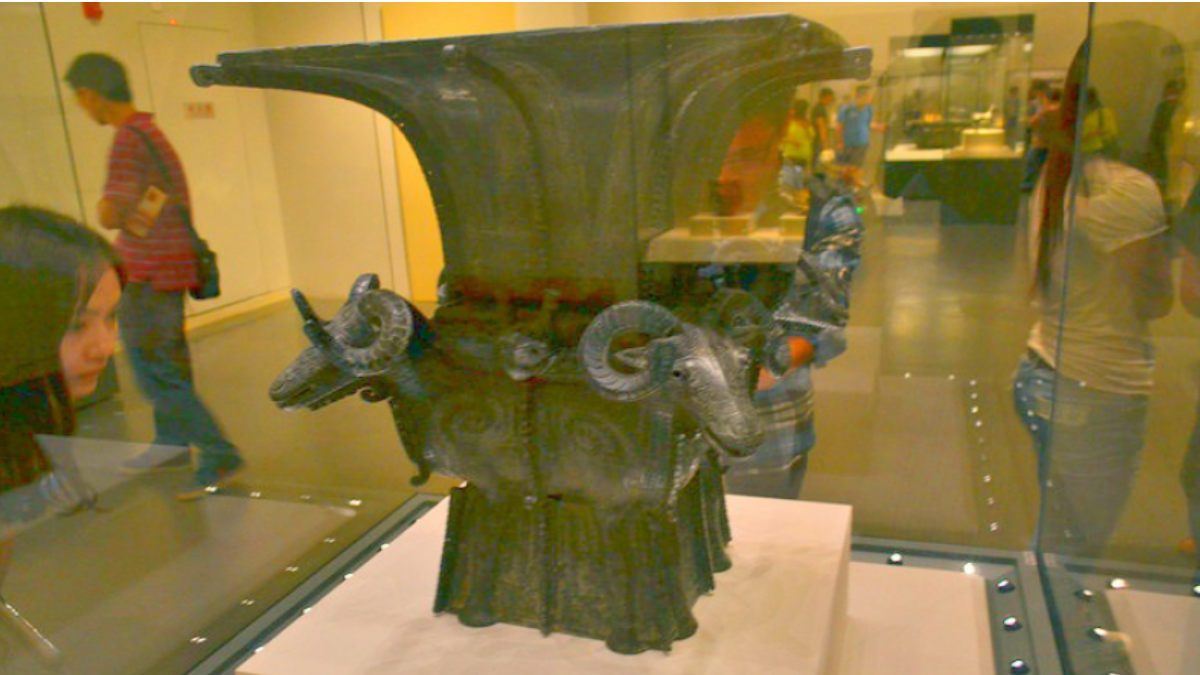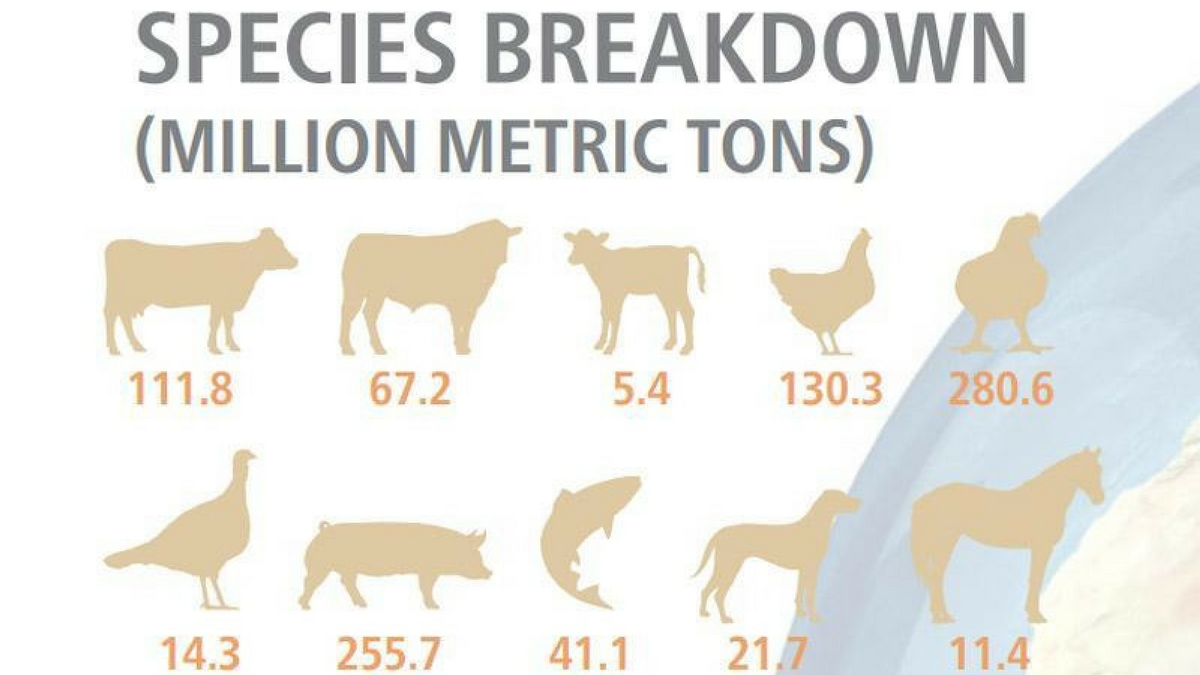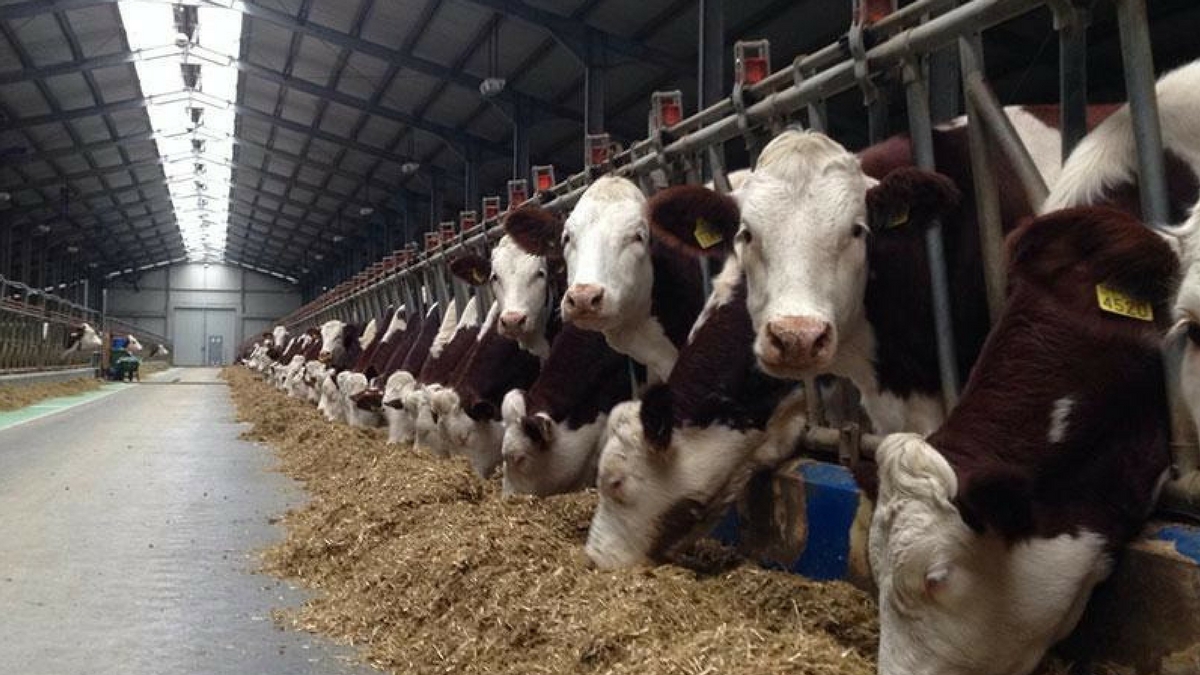By: Tom Kimmerer, Ph.D., Chief Scientist, Venerable Trees, Inc.
Bison graze amidst ancient trees at Alltech’s farm on Catnip Hill Road in Nicholasville, Kentucky. Except for the fences, the scene is remarkably similar to what early settlers would have seen in 1779, when Lexington and surrounding areas were first settled.
There are more ancient trees in the Bluegrass than in any other agricultural or urban region in North America. These trees are 200-500 years old, if not older, and make up woodland pastures -- natural landscapes of open-grown trees shading grasses and cane. When early settlers arrived here, they did not need to clear forests in order to farm; the natural woodland pastures were ready-made for livestock farming. After driving off the bison, the first farmers moved in with cattle and sheep, taking advantage of some of the finest grazing land in the world.
Soon after the first livestock farms began, the thoroughbred horse industry began. Although the thoroughbred industry is now strongly associated with the Bluegrass, the cattle industry has remained strong. Rapid urban growth has taken up some of the pastureland, but strong land use restrictions have preserved many of the original farms.
In spite of changes in land use and farming practices in the 235 years since settlement, there are still extensive woodland pastures in the Bluegrass. The largest woodland pastures cover thousands of acres across multiple farms. In some cases, there are only individual trees left. The trees are slowly disappearing not only due to old age, but also land use changes, and the fact they are not reproducing. In another 100 years, without our intervention, they will be gone.
Natural woodland pastures are rare. Ecologist E. Lucy Braun, in writing about the forests of eastern North America, called the Bluegrass landscape, “the most anomalous vegetation of North America.” These are not savannas. In North America, savannas are maintained by fire and poor soils. There is no evidence, such as fire scars on old trees, to suggest that fire was ever important in the Bluegrass, and the soils are deep and rich.
Woodland pastures do exist in Europe. There are ancient woodland pastures in England, Wales, Scotland, Ireland, Rumania and Italy. Although biologists thought for a long time that the European woodland pastures were created by farmers, it now appears that they are older than agriculture. Wisent - the European bison - and other animals such as red deer probably played an important role in creating this landscape.
In the Bluegrass, it is likely that a combination of long-term droughts and the arrival of bison created the woodland pasture landscape. Bison were abundant in the Bluegrass, in herds of thousands of animals. They would graze down the grass and cane in an area and then move off, sometimes for decades. Bison are athletic animals, often running 20 or more miles in a night, hundreds of miles in a year. The combination of heavy grazing, wallowing, and wandering is most likely what created our woodland pasture landscape. The bison would reduce competition from grass and cane and allow trees to grow in the intervals before they returned.
Today, we graze livestock continuously, and trees do not have a chance to become established in our pastures. We will lose our woodland pasture landscape soon if we do not take action. The use of tree pens planted with native species shows some promise in allowing our woodland pasture landscape to continue.
There may be some advantages to farmers to maintain woodland pastures beyond their beauty. Shade trees allow livestock to escape summer heat, which may be more important as summers become hotter. Large trees over productive pastures may store as much carbon as forests. These are speculative advantages, however, as there has been almost no research on woodland pastures and livestock in the United States.. Grazing in woodland pastures in Europe is a widely accepted practice that appears to provide some benefits.
Trees of woodland pastures are adapted to life with grazing animals. When grazers are removed from woodland pastures, other trees and shrubs quickly create forests. There are several woodland pastures managed as preserves with livestock excluded, and these sites are now thick with trees and shrubs. The native woodland pastures cannot exist without grazing animals.
We have only begun to learn about the management and benefits of woodland pastures. For now, the most critical need is to ensure that this rare and magnificent landscape does not disappear.
This article is based on my forthcoming book Venerable Trees, to be published in 2015 by the University Press of Kentucky. More information on woodland pastures and the venerable trees of the Bluegrass can be found at our website, Venerable Trees.
Text and photographs copyright 2013-2015 Tom Kimmerer.




















